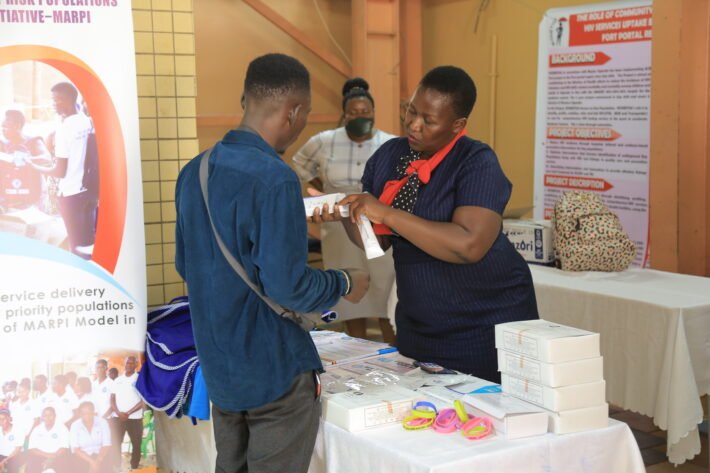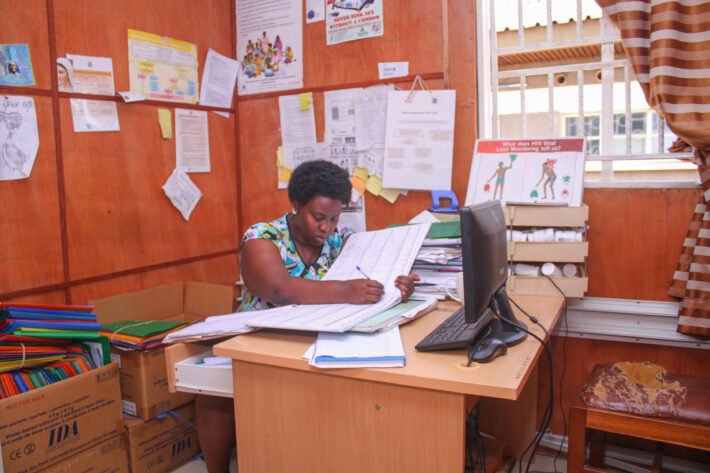

Service Delivery.
Increase access to quality, tailored, comprehensive, context and age-specific HIV, TB, STI and Sexual Reproductive Health services, information and utilization to Key and Priority populations, young people and other at risk and vulnerable populations.
Despite the availability of HIV/TB/STI and SRH services in facilities, key populations, young people and other most at risk populations fail to access and sometimes shy away from these services and interventions. A wide range of factors contribute this poor uptake and utilization of services including; stigma, discrimination, attitude of service providers, lack of information about the services offered among others. We will work with all stakeholders; government, partners, key populations, young people and other most at risk populations to address factors that hinder access and utilization of HIV/TB/STI/SRH and other service, increase demand and create an enabling environment for increased access to services
Key Activities.
- Hold multilevel stakeholders’ orientations and sensitizations for consensus, buy in, partnership and ownership of programs targeting Key and Priority
populations, Young people, and other at risk and vulnerable persons. - Orient and sensitize service providers, law enforcement agencies, politicians, communities and other duty bearers on impact of stigma, discrimination, poor attitude and the legal environment to key populations, young people and other at risk populations regarding access to services.
- Support existing and set up new friendly corners, drop in centers and safe spaces in facilities, communities and other settings.
- Conduct community mobilizations, sensitizations, campaigns to create and increase awareness and uptake of HIV, TB, STI, SRH services and other
targeted interventions among the key populations, young people and other at risk populations. - Work with and utilize Key populations, young people and other at risk people organizations, youth clubs in and out of school, CSO, peer to peer networks to create demand, manage referrals, support retention, dialogue on prevention; care and treatment, adherence to ART and TB treatments,
sexuality education, reduction of risk to drug and alcohol abuse, - Conduct targeted outreaches and use peer to peer approaches to increase access to HIV/TB/STI/SRH services and other interventions.
- Engage media and innovative technologies, social media, m-Health, and others media to provide context and age appropriate information/messages
about HIV/TB/STI/ SRH and other interventions, and increase demand and utilization of services. - Provide psychosocial support to Key populations, young people and other at risk populations.
- Expand and strengthen availability, accessibility, usability, and quality of data, including expansion of electron data collection, management, use of unique identifiers, to support client management and programmatic interventions to advance epidemic control, uptake of SRH &R, and other relevant interventions.
- Identify, prioritize and optimize interventions and customize packages that enhance provisions of interventions and identification of undiagnosed PLHIV and linkage to quality prevention, care and treatment and SRH services using innovative approaches like Assisted partner Notification, Social Networks strategies, Snowballing, escorted referrals among others.
- Support M&E functions and processes internally and with partners and other stakeholders.